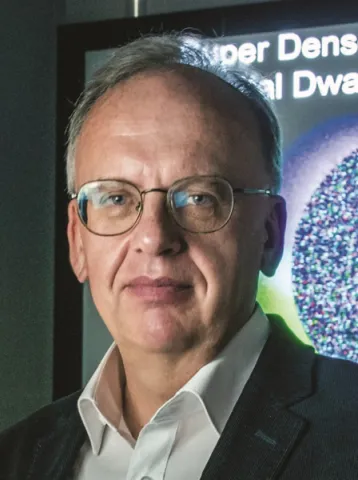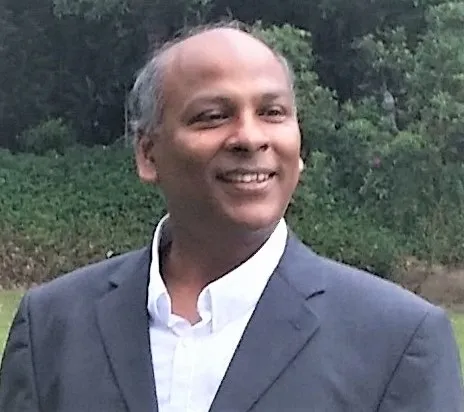About the project
Quantum sources that produce entangled photon pairs are crucial components in many quantum applications. This project will develop fibre-based entangled photon sources based on poled silica fibre technology where entangled photon pairs are directly generated in an optical fibre thereby enabling the construction of low-cost, versatile sources for quantum applications.
Quantum sources providing broadband biphotons entangled in both polarisation and time-energy degrees of freedom are a rich quantum resource that finds several applications in quantum communication, sensing, and metrology. Creating such a source while maintaining reliability and high entanglement quality over a broad spectral range is a challenge that conventionally requires various compensation steps to maintain high fidelity.
The key to generate broadband polarisation-entangled biphotons via type-II spontaneous parametric down conversion (SPDC), without compensation, is to use nonlinear materials with sufficiently low group birefringence such that the biphoton bandwidth becomes dispersion-limited. Most nonlinear crystals or waveguides cannot meet this condition, but the condition is easily met in optical fibre-based systems. These systems have the added advantage of not requiring precise alignment or the use of bulky free-space optics and, additionally, are directly compatible with telecom fibre network infrastructure. Because of the amorphous nature of glass, optical fibres do not intrinsically possess any second-order nonlinearity (SON) required to generate the polarisation-entangled photons. However, it is possible to create an effective SON by exposing the fibres to a strong electric field, a process known as poling.
This project will develop all-fibre polarisation-entangled photon pair sources based on optical fibres and periodically poled silica fibre (PPSF) technology. During the project you will be involved with the design of optical fibres suitable for the poling process, the fabrication and optimisation of the PPSF devices for maximum efficiency, the characterisation and testing of the devices, and their deployment in different quantum applications.

